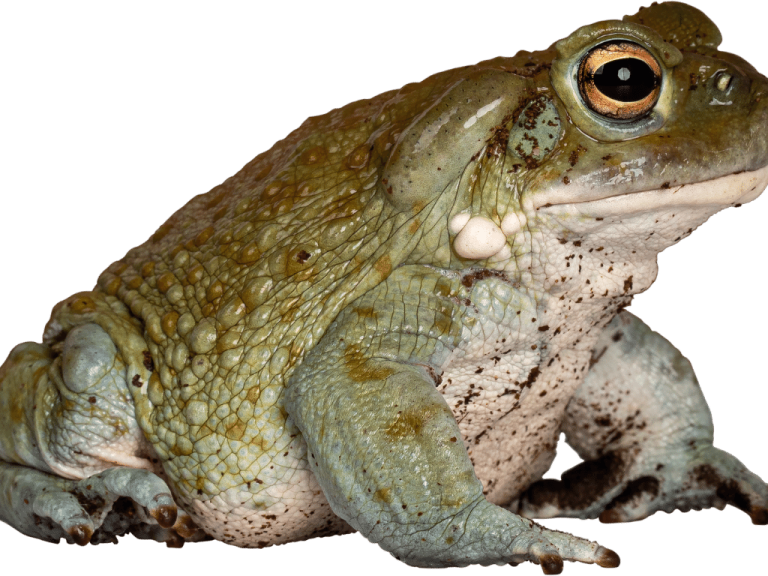Amphibians are cold-blooded animals that transition from living in water to living on land. Examples include frogs, toads, and salamanders. The larvae of these animals live in water and breathe through gills, while adults live on land or in water and breathe through lungs and skin.
Why can amphibians live both in water and on land? Do they have special organs for this? Let’s take frogs as an example.
Every spring, when frogs wake up from hibernation, they gather in the water grass and croak loudly. This is their breeding season. Male and female frogs pair up, and soon piles of black eggs are laid, stuck together by jelly-like membranes. After a few days, tadpoles hatch from the eggs. They resemble small fish, with gills on the sides of their heads for breathing underwater, and a well-developed, flattened tail behind their bodies, which serves as a locomotive organ in the water, allowing them to swim freely. If the tadpole leaves the water environment at this time, it will die immediately because it lacks organs adapted to terrestrial life.
Tadpoles live in water for about 40-50 days, during which time their body organs gradually change towards terrestrial life. They grow hind limbs and forelimbs, and their tails gradually shrink until they disappear completely. Their respiratory organs, the gills, also shrink, and they start to breathe through their lungs and skin. The circulatory system undergoes corresponding changes as well. After transforming into a young frog, they move to live on land. If they encounter threats on land, they leap back into the water.
The process of tadpoles transforming into frogs is called metamorphosis. While a frog’s body changes to adapt to terrestrial life, why can it still survive in the water without drowning? We know that among animals, amphibians were the earliest to transition to life on land, but their body structures were not fully adapted to terrestrial environments. For example, the frog’s skin is exposed and can breathe through it. The respiratory organ, the lungs, is hollow and sac-like, allowing them to swim to the water’s surface to breathe when underwater. Additionally, their toes are connected by webbed membranes, allowing them to swim freely in the water.

